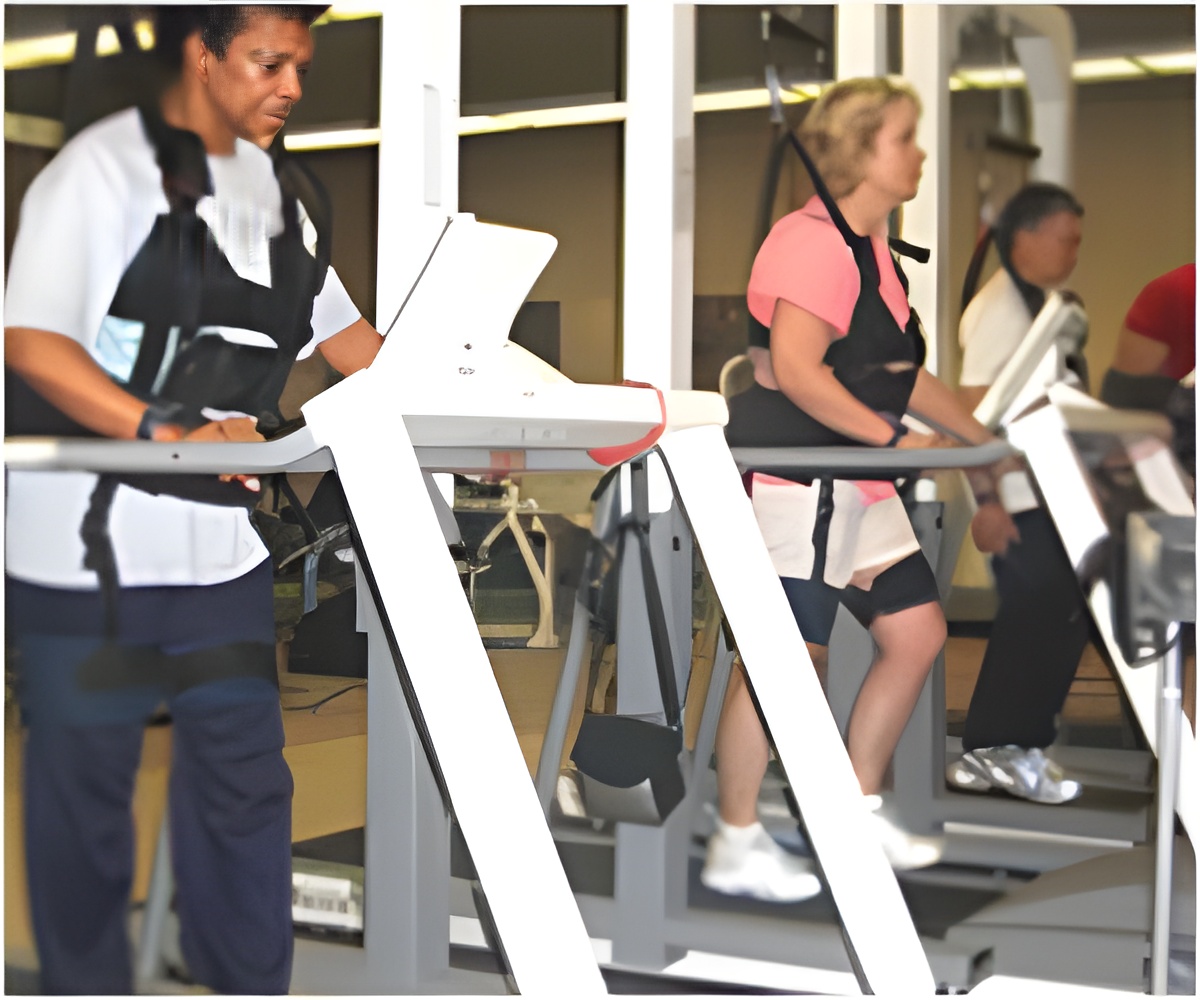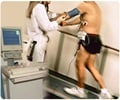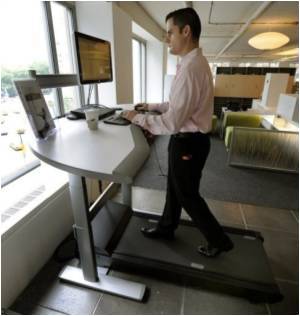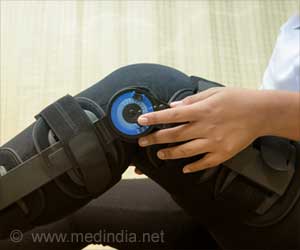Walking on a treadmill at a comfortable, low-intensity speed for a longer duration improves mobility in Parkinson's patients, revealed in a study.

Many patients ask us what kind of exercise they should be doing. Now we can tell them that this research shows that low-intensity walking, which most people with Parkinson's can do, combined with stretching and resistance training may be the best option, adds Dr. Shulman, who is also co-director of the Maryland Parkinson's Disease and Movement Disorders Center at the University of Maryland Medical Center.
The study compared 67 people with Parkinson's disease who were randomly assigned to one of three exercise groups: walking on a treadmill at low intensity for 50 minutes, higher-intensity treadmill training to improve cardiovascular fitness for 30 minutes, and using weights (leg presses, extensions and curls) and stretching exercises to improve muscle strength and range of motion. Participants exercised three times a week for three months under the supervision of exercise physiologists at the Baltimore VA Medical Center.
We saw positive effects with all three types of exercise, but the low-intensity training showed the most consistent improvement in gait and mobility, adds Dr. Shulman.
To maintain the best possible quality of life, people with Parkinson's disease need practical, evidence-based advice about what kind of exercise will most benefit them over the long term. The Michael J. Fox Foundation has aimed to answer this question in its exercise funding to investigators such as Dr. Lisa Shulman and her team, says Todd Sherer, PhD, chief program officer of The Michael J. Fox Foundation for Parkinson's Research.
The Maryland research team measured participants cardiovascular fitness before and after training, and found cardiovascular improvement in both the low- and high-intensity groups. Other measurements included the distance covered in a six-minute walk and timed tests of walking short distances, such as 50 feet.
Parkinson's disease affects about 1 million people in the United States and Canada. Most people begin to develop symptoms in their late 50s or early 60s, although it can occur in younger people. Parkinson's disease affects the brain's ability to produce dopamine, the neurotransmitter involved in the communication between the brain cells for motor control. Physical symptoms include tremor, muscle rigidity, slowness of movement and gait impairment. There are also non-motor symptoms such as changes in cognitive function, sleep disturbance and depressed mood.
 MEDINDIA
MEDINDIA




 Email
Email










